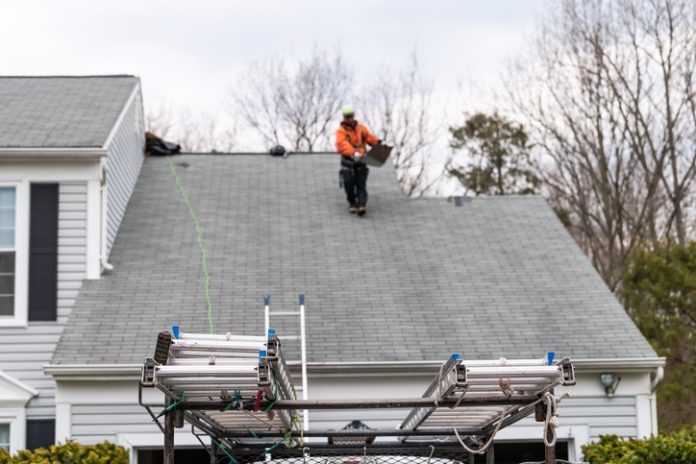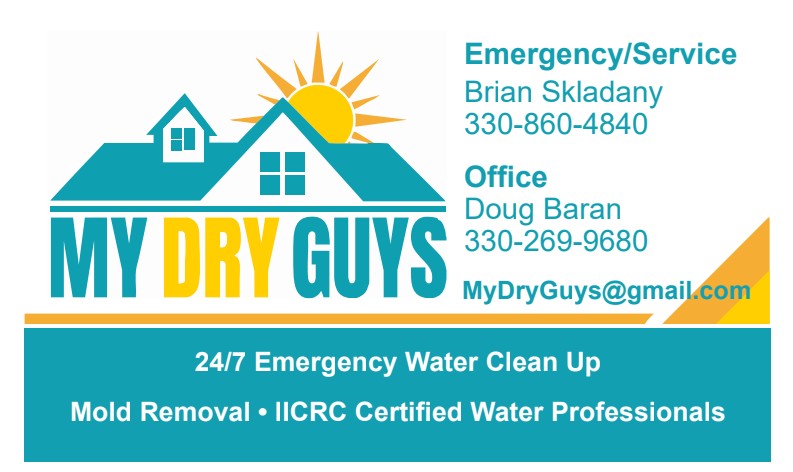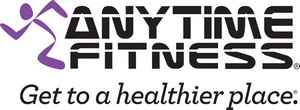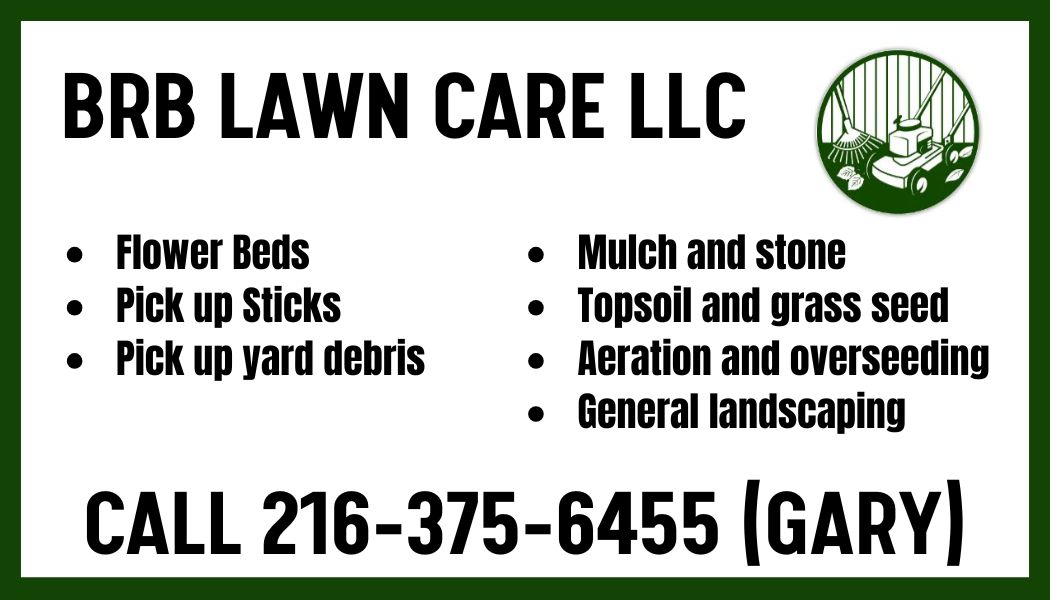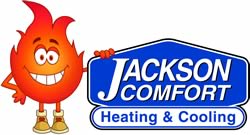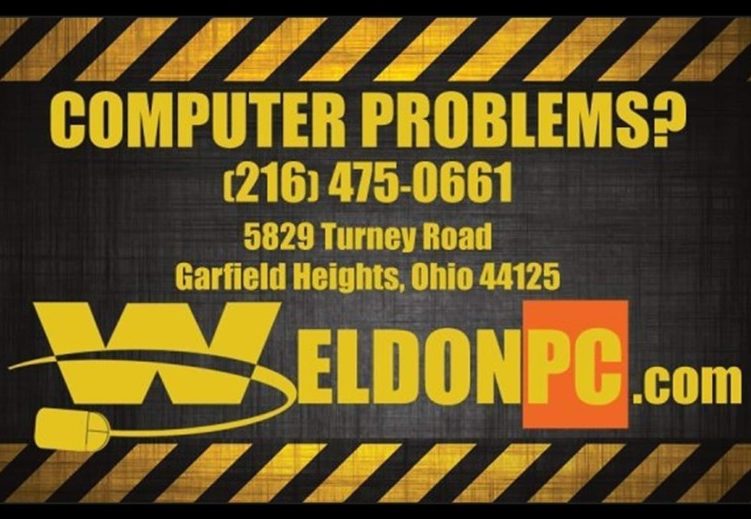Are you a homeowner or real estate agent looking to learn more about roof inspections? Look no further! The roof is one of the most essential components of any building, protecting it from the sun, rain, and other natural elements. Whether buying or selling a house, conducting thorough and adequate roofing inspections ensures its safety and value.
Knowing what to look for during an inspection is essential, as there are so many potential issues that can arise with roofs over time. In this detailed guide, we will discuss expert tips for conducting efficient and comprehensive roof inspections to help you identify any present or potential problems before they become costly repairs.
Thorough Roof Inspections: Vital Steps
Conducting a roof inspection is not just about glancing at the shingles—it’s an in-depth review of the entire roofing system to ensure it functions optimally. This process involves checking for visible signs of damage, wear, and other issues that could lead to more significant problems. Whether you’re a seasoned homeowner, potential buyer, or dedicated real estate agent, understanding how to perform these inspections can save time and money and ensure safety. Below, we share crucial steps and expert tips to guide you through a comprehensive roof inspection.
Begin with the Interior Inspection
Checking the home’s interior for signs of roof damage is an often overlooked but essential first step in roof inspection. Look for dark spots on ceilings, walls, and around corners and edges for potential water damage. Don’t forget to inspect the attic, if accessible, for any signs of leakage, damp rafting, or daylight peeking through the roof boards.
Examine the Roof Structure
The stability and condition of the roof structure are vital to ensuring its longevity and safety. Look for any sagging, unevenness, or signs of deterioration in the rafters, trusses, and other support structures. Pay special attention to any areas where the roof meets chimneys or vents, as these are common sites for damage.
Check for Exterior Damage
Once you’ve completed the interior inspection, it’s time to move onto the roof’s exterior. Inspect the roof for any visible signs of wear, damage, or missing shingles. Look out for curling, buckling, or cracking shingles, as these often indicate aging or poor installation. Also, keep an eye out for any debris buildup on the roof that could lead to water pooling and potential leaks.
Inspect the Gutters and Downspouts
Gutters and downspouts are crucial in diverting water away from the roof and preventing potential damage. Make sure to inspect these components for any blockages, rust, or loose connections that could lead to water buildup and eventual leaks. Additionally, make sure they are securely attached to the roofline.
Assess Any Flashing and Sealing Points
Critical to preventing water ingress, the flashing around roof features such as vents, skylights, and chimneys must be thoroughly examined. Look for any signs of cracking, rusting, or lifting, which might suggest a need for repair or replacement. Additionally, check the sealant for any gaps or deterioration that could allow water to penetrate the roofing structure.
Review the Roof’s Ventilation System
Adequate ventilation prevents moisture buildup and regulates temperature within the roof and attic spaces. Inspect vents for blockages, damage, or inadequate installation. Ensure that air flows freely through soffit, gable, and ridge vents to promote a healthy roofing system and prolong its lifespan.
Final Review and Documentation
Conclude your inspection with a comprehensive review of all assessed areas. Document any signs of wear, damage, or potential concerns with detailed notes and photographs. This documentation will be invaluable for comparison in future inspections, maintenance planning, or in discussions with professional roofers for repair or replacement advice.
Schedule a Professional Inspection
While regular homeowner or real estate agent inspections are essential, scheduling a professional roof inspection at least once a year is always a good idea. Professional roofers have the expertise and tools to assess even hidden damages and provide expert recommendations for maintenance, repair, or replacement. With their help, you can ensure your roofing system remains robust and reliable, and you can learn more about how to improve its longevity.
Roof Longevity: Maintenance Tips to Have in Mind
Maintaining your roof in top condition is essential for ensuring the longevity and safety of your home. Periodic maintenance prevents significant damage and extends the lifespan of your roof, saving homeowners and real estate agents alike from costly repairs or replacements. In this section, we will explore practical maintenance tips that can help keep your roof robust and resilient against the elements.
Regular Cleaning
Keep your roof and gutters clean from debris, leaves, and branches. This prevents water pooling and ensures rainwater flows smoothly through gutters and downspouts, minimizing the risk of leaks or water damage.
Routine Inspections
Perform routine inspections, especially after severe weather conditions. Identifying and addressing minor issues early can prevent them from escalating into major problems, ensuring your roof remains in good condition.
Trim Overhanging Branches
Trimming branches that hang over your roof can significantly reduce the risk of damage. In windy conditions, overhanging limbs can scrape against roofing materials and deposit debris that leads to mold or leaks.
Ensure Proper Ventilation
A well-ventilated attic is crucial for preventing heat and moisture build-up that can weaken your roof structure over time. Ensure that your attic vents are not blocked to promote adequate airflow.
Address Repairs Promptly
Don’t delay repairs, no matter how minor they may seem. Promptly fixing issues such as damaged shingles, leaks, or faulty flashings can prevent further damage and extend your roof’s lifespan.
Protect Against Moss and Algae
Moss and algae can cause significant damage if not addressed. Use preventive products and, if necessary, gently clean your roof with a mixture recommended by roofing professionals to avoid damaging the shingles.
Check Sealants and Flashings
Regularly check the condition of sealants and flashings around vents, chimneys, and skylights. Cracked or peeling sealant and damaged flashing can lead to leaks and should be repaired or replaced as needed.
Conclusion
In conclusion, regular inspections and maintenance are crucial for ensuring the longevity of your roof. By performing thorough interior and exterior assessments, addressing repairs promptly, and following practical maintenance tips, you can keep your roof in top condition and protect your home from potential damage. Remember to schedule a professional inspection at least once a year to catch any hidden or more severe issues that may require attention.




